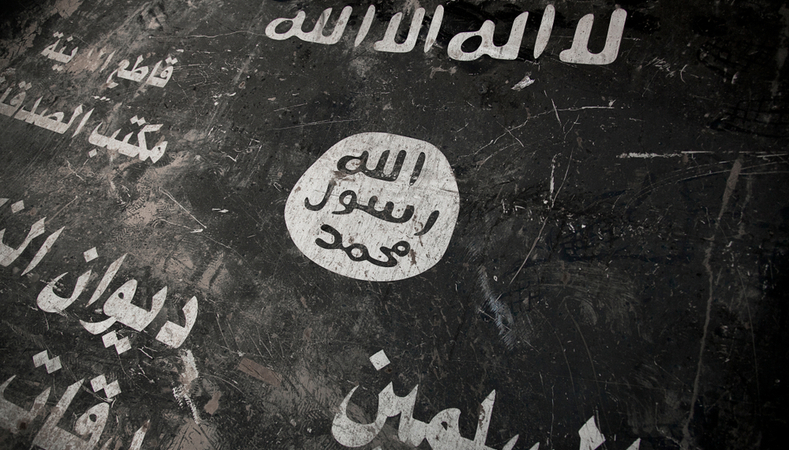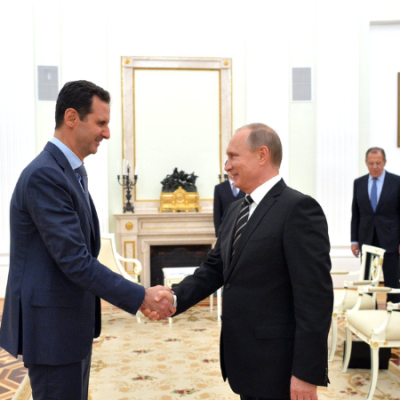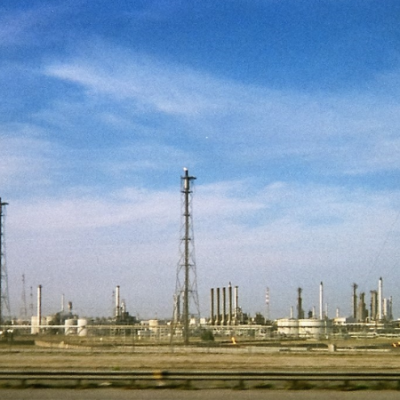In Syria and Iraq, Daesh is not died yet

The self-proclaimed Islamic State, Isis or Daesh, lost some battles, but not yet the war. The military defeat of Daesh within its “metropolitan territories” in Syria and Iraq and the subsequent elimination of its leader, Abu Bakr al-Baghdadi, does not hide a bitter truth: the organization is reactivating as logistics and recruitment and it could “suddenly rise again where it was thought to have buried it forever,” as many observers say. The six “pockets” of the group still present in Badiat al-Sham, the Syrian Desert, are a first small confirmation of this possibility. The other is the increasing pace of attacks, which averaged 110 per month.
General Kenneth McKenzie Jr, head of the American CentCom, said in his report last Wednesday that Daesh still aspires to “re-establish a physical Caliphate” and that it promotes to do so with a global cyber presence while maintaining a cellular structure that it allows to carry out local attacks. That confirms the current needle of jihadism in the two Middle Eastern countries, once – we think in particular at the time of al-Qaeda – aimed at Saudi Arabia and its surroundings, such as Yemen and Kuwait.
The jihadist contagion has also stopped at the borders of Jordan, thanks to the surveillance of the intelligence that has foiled at least three attacks on civilian and military targets. At the same time, the group’s branches scattered between Asia and Africa make themselves felt, especially those in Sinai and Afghanistan, the latter defined by General McKenzie as “one of the deadliest branches of the Daesh network”.
In Syria, Daesh raises its head and, in recent months, has managed to expand its de facto control over a territory of over 4 thousand square kilometres. The attacks are mainly concentrated in the provinces of Deir Ez-Zor (half of the 131 registered in the third quarter of 2020) and Raqqa, the former capital of the group in Syria.
The jihadists still control five areas in the Syrian desert, despite the continuous raids by Russian fighters (the latest on April 20 north-east of Palmyra). Between the end of 2020 and the beginning of 2021, the jihadists carried out two bloody attacks in the central area of the country, causing about 60 deaths, mostly government soldiers. The first attack was conducted on December 30 against a convoy of oil tanks on the road connecting Palmyra to Deir Ez-Zor, on the Euphrates.
The death toll was 39 soldiers killed of the infamous Fourth Army Division, commanded by Maher al-Assad, the brother of the Syrian president. The second ambush occurred four days later on the road connecting Damascus to Raqqa, the former capital of Daesh in Syria. The attack, which killed 15 people, twelve government soldiers and three civilians, targeted a bus of soldiers and civilians heading to the northern region of the country. According to the UK-based National Observatory for Human Rights, Daesh in Syria killed 819 pro-government soldiers and militiamen in 2020, against at least 507 dead jihadists.
In Iraq, Daesh maintains a large territorial presence in the Nineveh desert, not far from the border with Syria. But the group’s attacks reach still other areas, as evidenced by the repeated attacks in the provinces of Diyala and Salahuddin, in the middle of the country, but also Kirkuk and the western province of al-Anbar.
The Iraqi security forces try to thwart the group’s reorganization activities by carrying out raids against suspected sympathizers, but also real round-up operations, such as the one that led, last March, to the elimination of “200 Daesh hiding places. »In the mountainous areas of north-eastern Iraq.
Here the Daesh initially launched “hit and run” operations using light weapons, improvised explosive devices, and mortars. But starting in the second quarter of 2020, it began organizing more sophisticated attacks that reflect, according to the US Central Command, “broad planning.” According to counter-terrorism experts, the jihadists operate in small cells of 15 people maximum.



